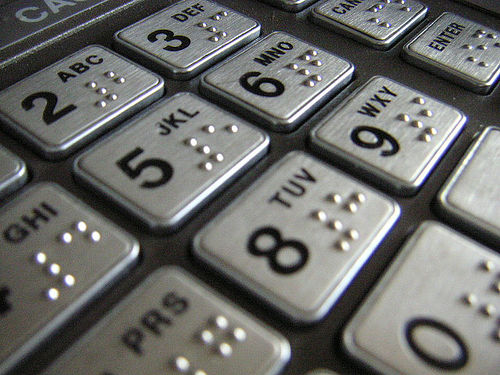In 2009 the Australian Banks were required to notify customers of the $2 fee to use an ATM belonging to another bank.
According to The Age there has been a 40% drop of people using foreign ATM’s which surprised economists who had forecast that there would be a negligible change in consumer behaviour as a result of making a previously hidden fee visible.
Apart from the absurdity of expecting economists to know anything about human behaviour, there should be no surprise about the results. To an economist or a bank $2 is a very small amount of money. To a consumer standing at an ATM, $2 is a blatant rip off for something that was previously been understood as free.
In a fantastic book Priceless: the myth of fair value (and how to take advantage of it) by William Poundstone, the real reason for the confusion of the RBA economists is exposed.
Poundstone contends all pricing is arbitrary and ambiguous being founded on the strange way people’s mind work rather than an immutable reasonable force. Central to this is the notion of anchoring and adjustment pioneered by academics Tversky and Kahneman who wrote that an initial value, the anchor, serves as the basis for estimating unknown quantities. This is why a measly $2 is enough to change behaviour in a way that is completely irrational for an economist.
Tversky and Kahneman founded a new discipline called Behavioural Decision Theory which studies how humans make decisions and has served as the basis for an entire industry dedicated to persuading consumers to pay more than they intended to pay. The amazing thing is that when they try and spend less, consumers often spend more and are completely oblivious about it. This is true for our example: By driving across town I may use more than $2 in petrol but I justify it through saving $2 on the bank ATM fee. The reason is that one price is in my face and the other, the petrol, is hidden.
The RBA has concluded that the consumer behaviour:
“‘cannot be accounted for by the model of ATM fees presented in this or any other existing paper”.
That is because they are still using a model which assumes a rational human will make optimal economic decisions when they need to. This model is a myth, much the same as the reasonable person used by the legal community, Santa Claus, the Easter Bunny, and the Flying Spaghetti Monster.
So what are the implications for marketers and product managers?
Make your pricing decisions very carefully. Transparency or the lack of it may be the difference in sales sky rocketing and consumers driving across town to get what they think is a better deal.


What about rolling out some atm’s yourself where u only charge 50cents that way every day / night you’d make moula while u sleep. The goal would be like a few g a minute 🙂
U could do that and in the end if the banks took away their fees whatever they buy your company anyways……license to print. ATM’ in super high traffic areas where there are not so many or where there are super long lines or an Internet only bank, I like that one too….crowd source an Internet bank, I know people who could board it etc….and put cash in too? Consider the sky is not the limit at all. There is no limit!